UC Cooperative Extension encourages adoption of healthy soil techniques on California farms
Before the San Joaquin Valley was cultivated, vast grasslands stretched from the Sierra to the Coast Range with soil that contained significant organic matter – a diversity of live and dead plant material and microbes that are key to soil health.
Tilling the soil for farming exposed it to air and allowed the organic matter to oxidize, releasing greenhouse gasses and reducing organic matter to about 1 percent of soil volume. UC Agriculture and Natural Resources research has shown that soils with low organic matter inhibit water infiltration, nutrient cycling, biological diversity and carbon sequestration.
But techniques have been developed to return soil to a more natural, more healthful state.
Farmers, students, researchers and community educators gathered at Gary and Mari Martin's farm in Mendota Sept. 13 to share ideas and strategies for extending information to the greater farming community that will increase adoption of conservation agricultural practices that reduce greenhouse gas emissions from farmland and at the same time improve soil health.
For two years, the Martins have opened their farm to research led by UC Cooperative Extension cropping systems specialist Jeff Mitchell. For the project, UC Davis doctoral student Geoff Koch is studying soil health indicators and greenhouse gas emissions at the Martins' farm and at the UC West Side Research and Extension Center, where plots have been cultivated using traditional methods and conservation practices side by side for 20 years.
Expanding the use of conservation agricultural practices is not limited to Central California.
“Our government endorses these principles of soil health,” Mitchell said. “It's part of a national campaign aimed at improving the health of our country's soils.”
The USDA Natural Resources Conservation Service has four recommendations for the agricultural industry to improve soil health:
- Minimize soil disturbance
- Emphasize biodiversity
- Keep living roots in the soil
- Keep soil covered with plants and plant residues at all times
Employing these techniques in the research project at the West Side Research and Extension Center for 20 years has shown that annual cover cropping has added 37 tons of organic matter per acre to the soil, captured 15 tons of carbon per acre and used only about 12 inches of water per acre.
At the workshop, three University of California Cooperative Extension (UCCE) climate-smart educators invited farmers to contact them for assistance in applying for state funds they can use to implement climate-smart farming practices.
Climate-smart educator Emily Lovell said the California Department of Food and Agriculture's State Water Efficiency and Enhancement Program (SWEEP) pays up to $100,000 to improve irrigation efficiency, reduce water use and reduce greenhouse gas emissions. Farmers can use the funding to, for example, convert to drip irrigation systems, install moisture sensors or set up a weather station.
Lovell said it is a competitive and complex application process.
“We help with the applications,” she said.
Climate-smart educator Shulamit Shroder described the CDFA's Healthy Soils Program (HSP), which incentivizes farmers with up to $75,000 to implement such practices as planting cover crops, using no-till or reduced tillage techniques, applying mulch or compost, or planting hedgerows. The applications are due in February 2020.
For more details on the CDFA Climate Smart Agriculture programs and for technical assistance on applying, contact a local UCCE climate-smart educator.


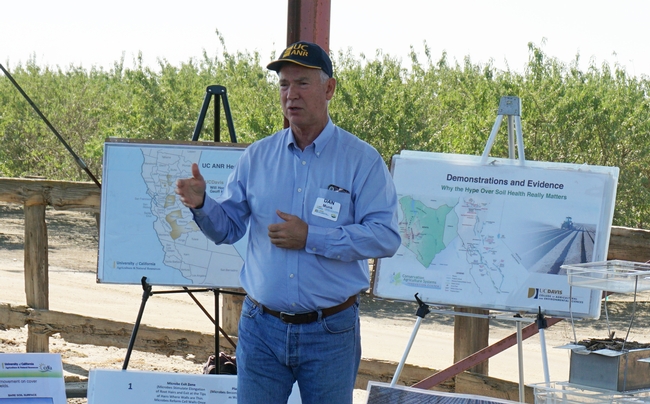
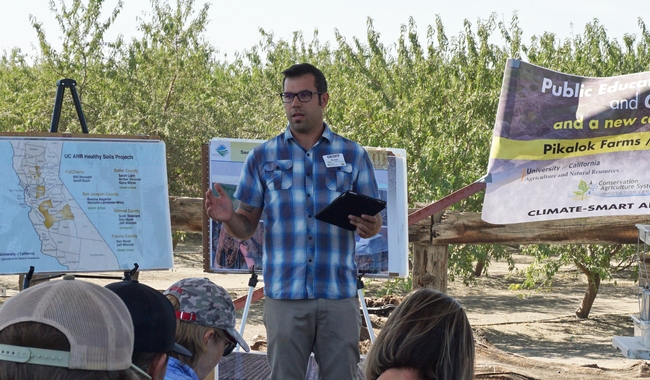
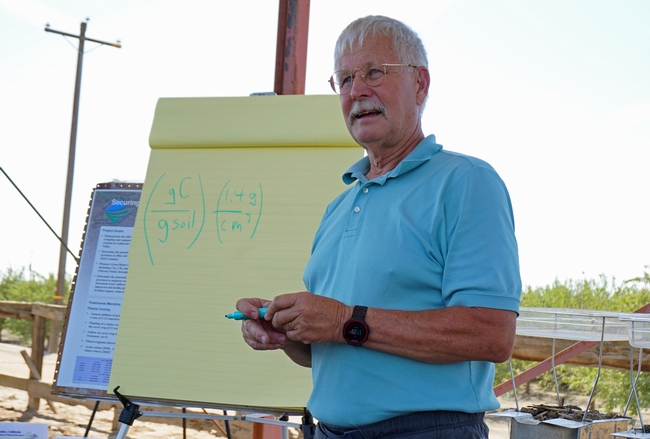
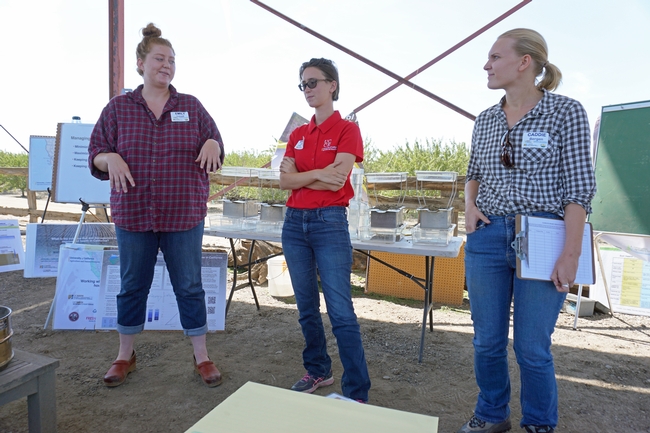
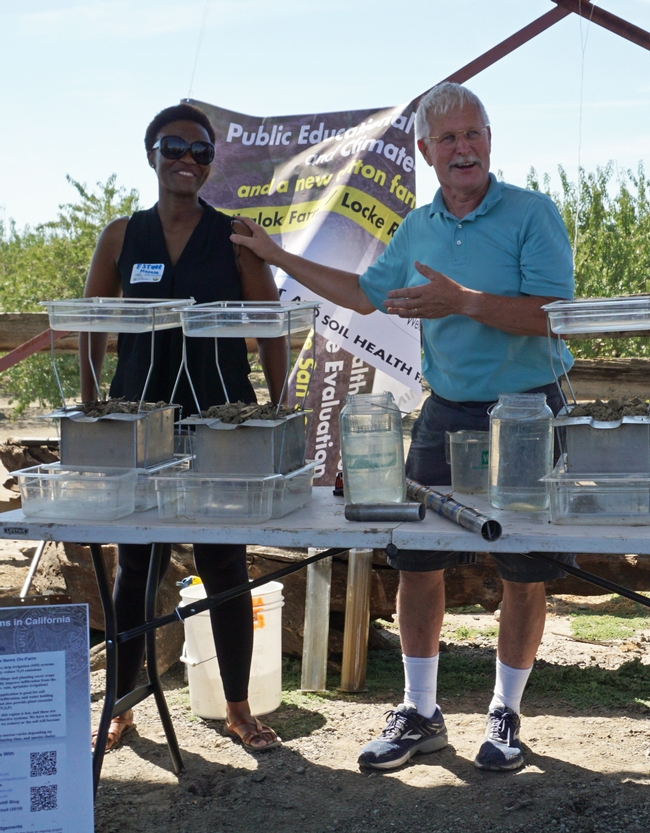
Posted by Stephanie Parreira on September 19, 2019 at 7:35 AM